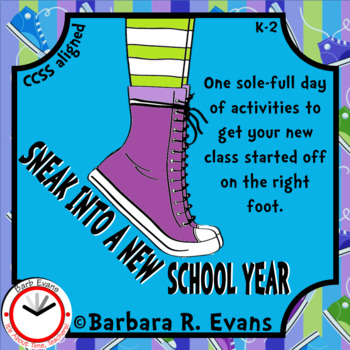 It’s
about time, teachers, for anchor charts.
It’s
about time, teachers, for anchor charts.
I’ve
been focusing on anchor charts lately.
It’s a love/hate relationship for me.
Let me explain.
· I
am a visual learner, so anchor charts are a natural fit for my classroom and
me. If I had a photographic memory, such
visual reminders would be superfluous.
But, alas, there is no camera in my brain. I assume the majority of my students also lack
an Instagram intellect. Thus, I ♥ anchor
charts for providing the cues.
· In
my district, it is permissible to have anchor charts posted in the classroom
during standardized testing.
Permissible, that is, if they were hanging prior to the start of
testing. That is a distinct advantage for
visual learner students. Gotta ♥ that!
· Creating
anchor charts with my students allows me to model my thinking; a teaching
strategy I ♥. Similarly, I can evaluate
their thinking and understanding by observing their reactions and
contributions.
· Anchor
charts can be dynamic. As we delve into
a subject, we can add to the anchor chart.
It’s another way to scaffold learning.
♥
· Some
of my anchor charts are static. As such,
I introduce the chart to my class, explaining its tenets, and post it at a learning
center. This promotes independence for
my students and allows me to conduct small group instruction with minimal
disruption. ♥ These charts can be stored and used year
after year.
· Anchor
charts are concise. Teaching my
students to be succinct is also a valuable lesson. I ♥ bulleted lists! (In case you couldn’t tell.)
So
what’s not to like about anchor charts?
 · Charts
should be neat and organized, with simple graphics to enhance their meaning. I can barely draw a straight line with a
ruler! Although my 1st
graders think my stick figures are wonderful, I’m pretty sure my upper grade
students are stifling their snickers.
Then I peruse Pinterest and see all the adorable anchor charts with hand
drawn graphics and feel utterly inadequate.
· Charts
should be neat and organized, with simple graphics to enhance their meaning. I can barely draw a straight line with a
ruler! Although my 1st
graders think my stick figures are wonderful, I’m pretty sure my upper grade
students are stifling their snickers.
Then I peruse Pinterest and see all the adorable anchor charts with hand
drawn graphics and feel utterly inadequate.
 · There
can be too much of a good thing. Like most
elementary teachers, I embrace trends with enthusiasm. So my room began wearing anchor charts
everywhere. I even considered pinning
some to the ceiling like my dentist does. The
sad effect is that my students were on visual overload and the anchor charts
ceased being helpful. It can be
difficult to find the balance between just right and too much. Just ask Goldilocks.
· There
can be too much of a good thing. Like most
elementary teachers, I embrace trends with enthusiasm. So my room began wearing anchor charts
everywhere. I even considered pinning
some to the ceiling like my dentist does. The
sad effect is that my students were on visual overload and the anchor charts
ceased being helpful. It can be
difficult to find the balance between just right and too much. Just ask Goldilocks.
 · As
helpful as anchor charts are, they present the age old problem of storage. Where to keep these instructional aids in an
already overcrowded classroom is a perennial problem. Of course, I could recreate them each year,
but for some of them, that seems wasteful. For example, I have a
set of 20 poetry posters that are very helpful when my students are challenged
to write a specific form of poetry. Fortunately,
while wandering through Pinterestland, I found a wonderful solution: an anchor chart binder. It's perfect for my pre-printed, 1 page, poetry
posters.
· As
helpful as anchor charts are, they present the age old problem of storage. Where to keep these instructional aids in an
already overcrowded classroom is a perennial problem. Of course, I could recreate them each year,
but for some of them, that seems wasteful. For example, I have a
set of 20 poetry posters that are very helpful when my students are challenged
to write a specific form of poetry. Fortunately,
while wandering through Pinterestland, I found a wonderful solution: an anchor chart binder. It's perfect for my pre-printed, 1 page, poetry
posters.
I've got an idea for storing and organizing all those large, poster size, anchor charts, too: install a dry cleaner's automated line.
I think my principal will go for it, don't you?
♫♪ Anchors Aweigh, my friends, Anchors Aweigh.
♫ Send those charts whirling around, ♪
‘Til the perfect one is found. ♫♪



















































